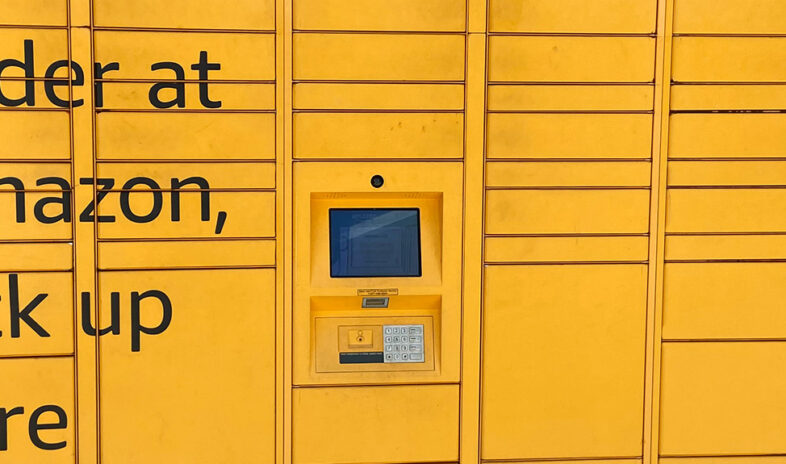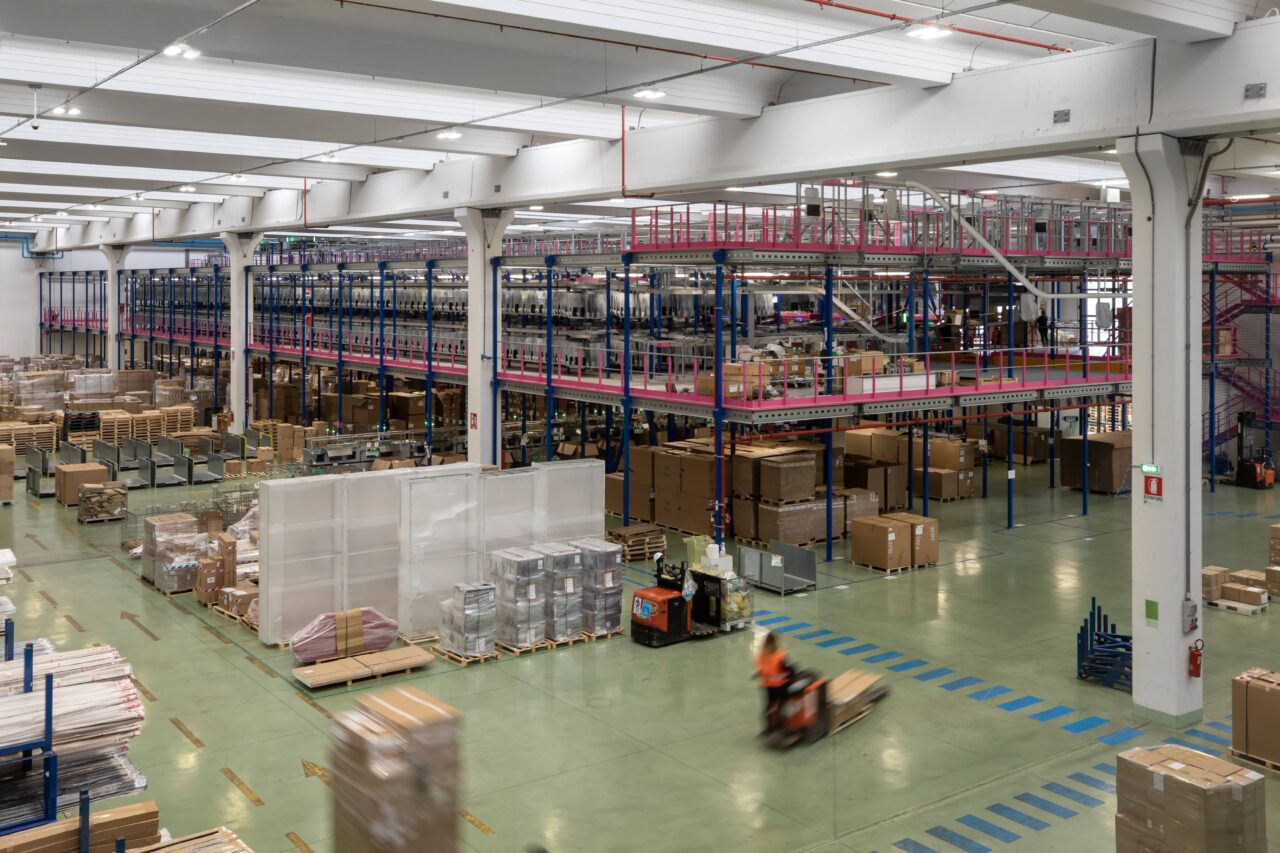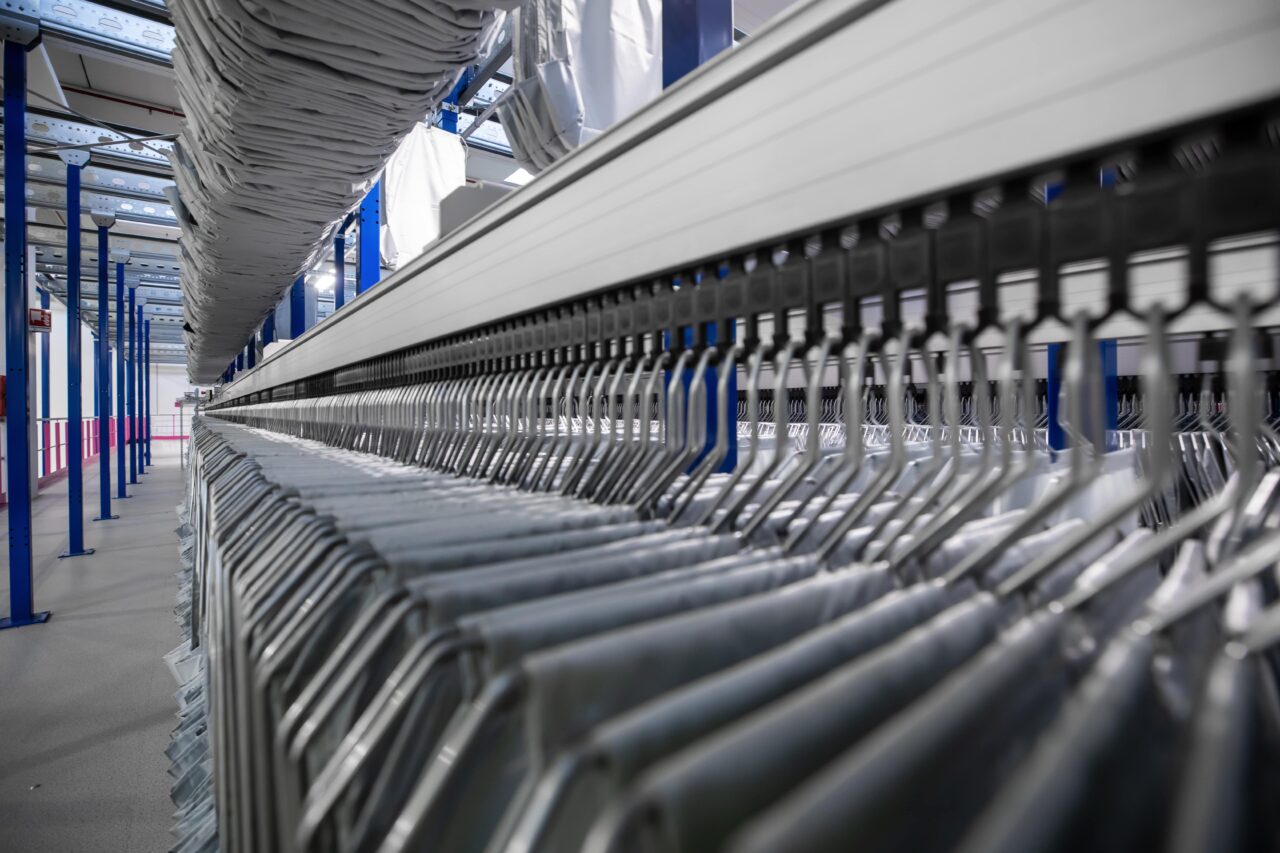What are your processes and profiles of the items you handle?
Are you dealing with omnichannel fulfilment, or are you working with B2B customers only – because your storage requirements will differ depending on your customer.
For example, if you are handling the same type of item in thousands of pallets, you will need to store them somewhere, such as in a high bay warehouse, or provide extra storage areas such as mini loaders or shuttle systems. But if you are working with B2C customers, there may be a business case for a pouch system, in which you can keep items as a mid to short-term buffer until an order has been fulfilled and which can help optimise the reverse logistics process.
The profile of items – weight and size – and whether you are dealing with a lot of returns will also impact your business case for a new handling system.
The issue of capacity
Capacity is also an important issue to consider as part of your business case for a new system. You need to look at how many items you wish to process per hour and whether you require further space to meet increased capacity, such as installing racks in a mezzanine.
Increased capacity is often what leads fulfilment centres to invest in automation as they can save on resources and having to source extra staff, while being able to process greater volumes.
What are your CAPEX and OPEX requirements?
When considering the business case for new systems, most fulfilment centres will take into account investment costs of the main system. And a primary consideration in deciding whether to make the capital investment is the ROI. Being able to earn revenue from a new system will be crucial.
But OPEX – the number of resources you have, operational and training costs and so forth – is just as important as the capital investment. In fact, ongoing operational and maintenance costs must be factored into the equation to get a true assessment of your ROI.
The types of issues that you should consider in relation to OPEX are:
- How many spare parts will be needed and their cost
- The cost to service the spare parts
- The costs of overall maintenance
- The cost of a hotline service
- The type of service required for your business. Will it be enough, for example, to have your own team of two or four people to take care of the daily business and have your supplier conduct a comprehensive health check of your system twice a year? Or is a residential service needed?
- The difficulty in sourcing skilled staff; automated processes can help overcome this issue.
So, while you need to consider the costs of a new system, you must also evaluate the issues and costs beyond installation issues and going live.
If the overall costs of investing in a new material system are too high for your level of business, it could be that you need to consider the services of a third-party logistics provider.
Takeaway
By considering some critical factors, you will be in a better position to determine whether or not a new material handling system will support the long-term goals of your business and deliver tangible benefits to your fulfilment centre. While it’s tempting to make out a business case based purely on the costs of the main system, it’s important to take into account other issues such as capacity, ROI and OPEX to get an accurate picture of the costs in the long term, beyond the initial outlay, installation and commissioning costs.






